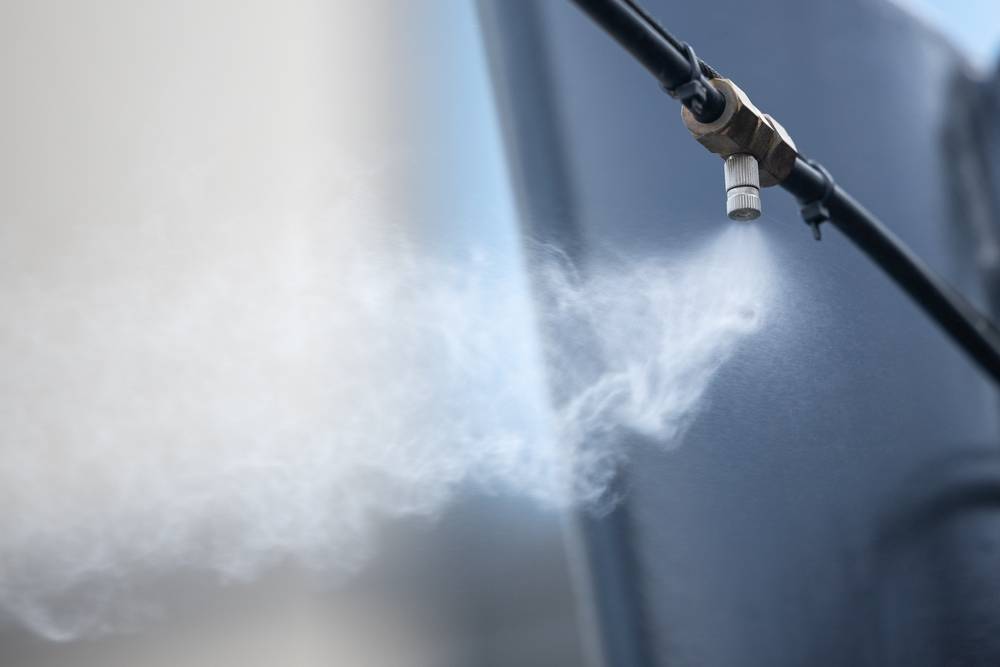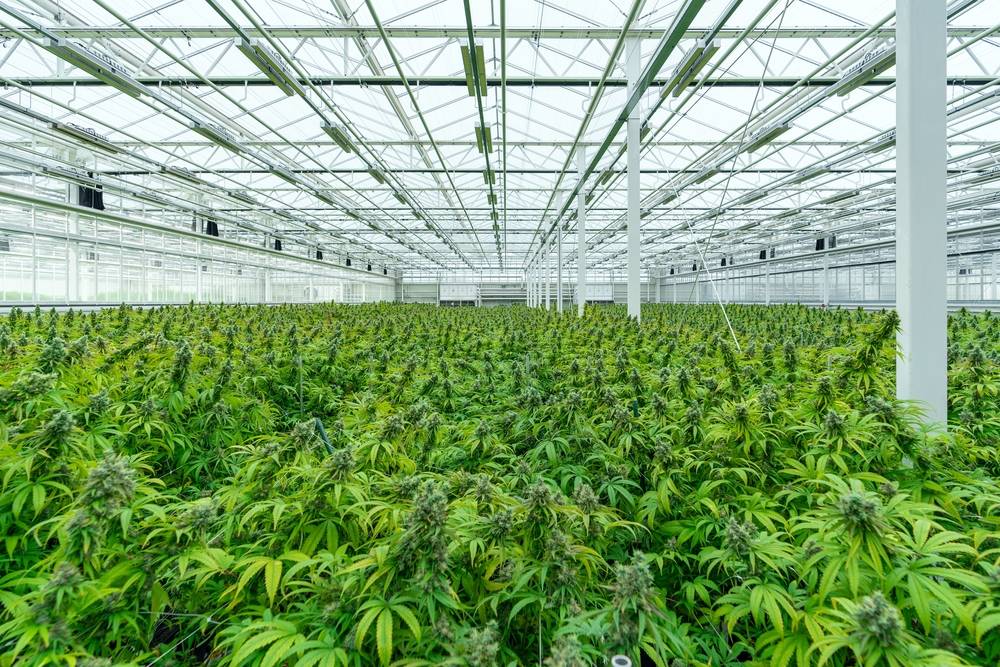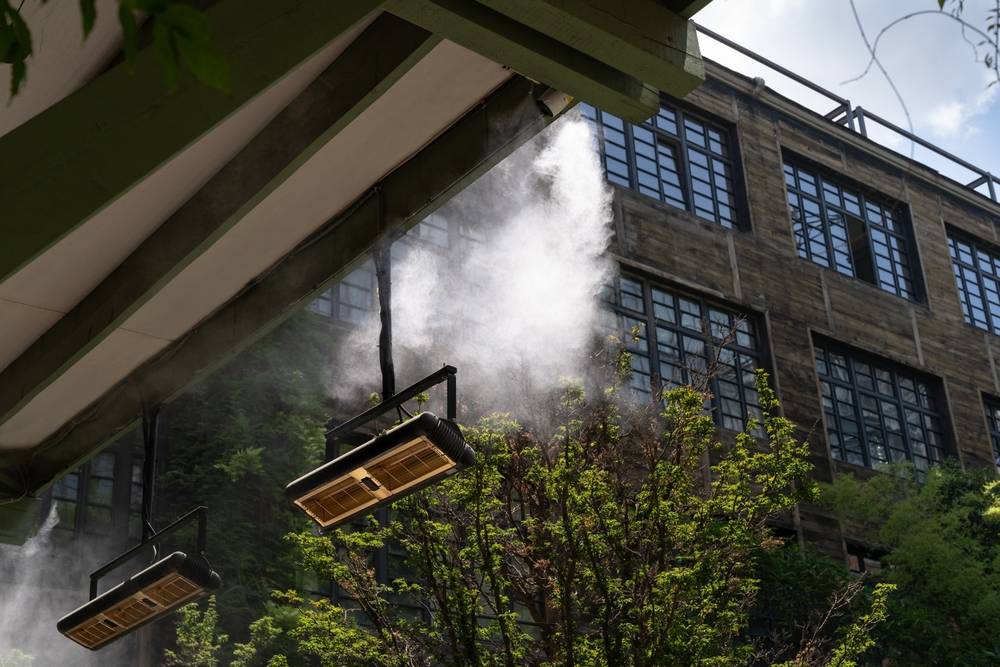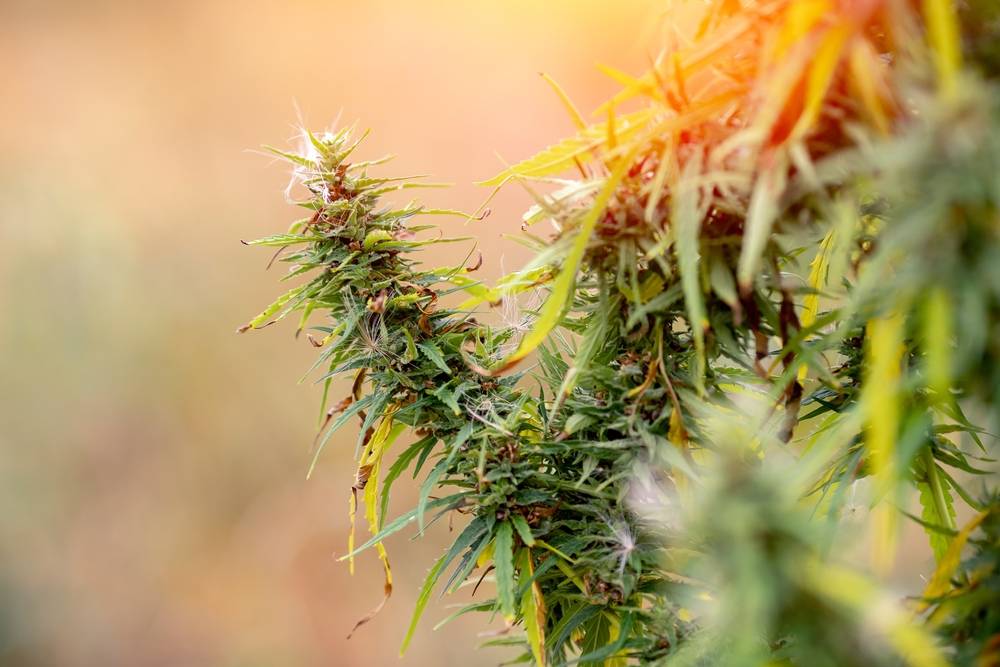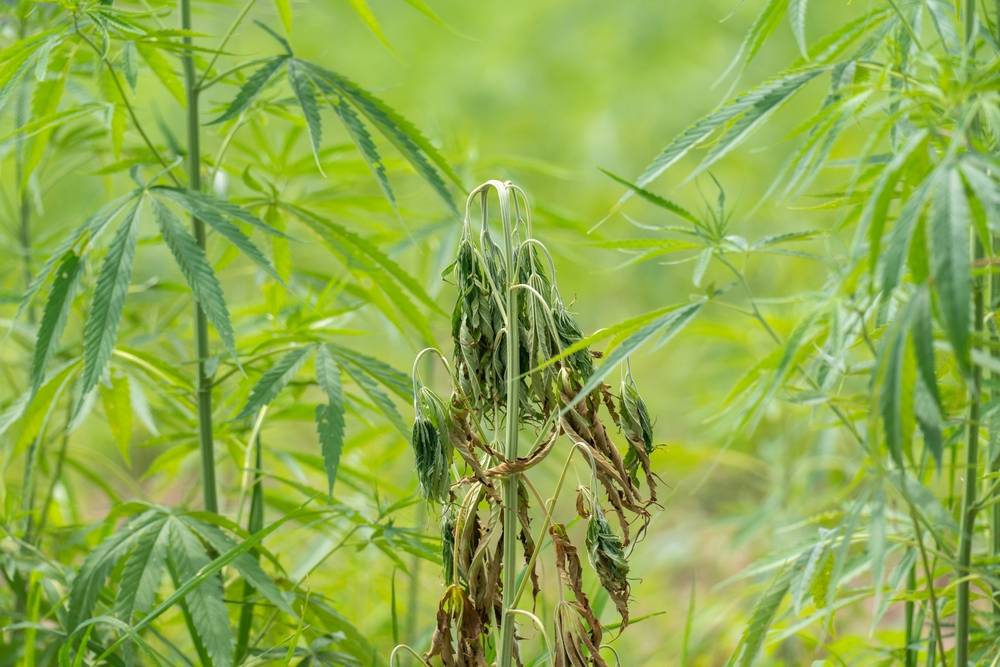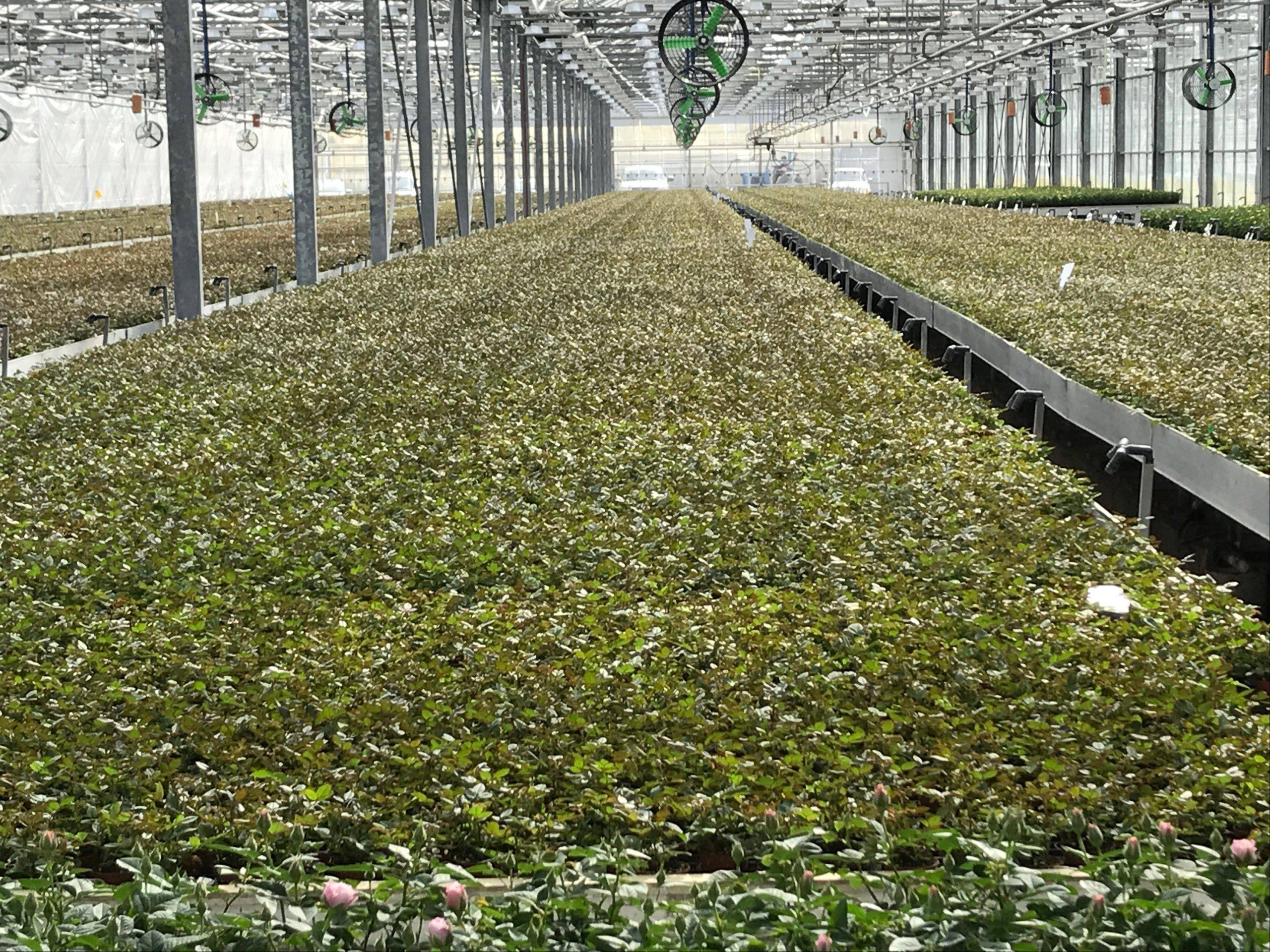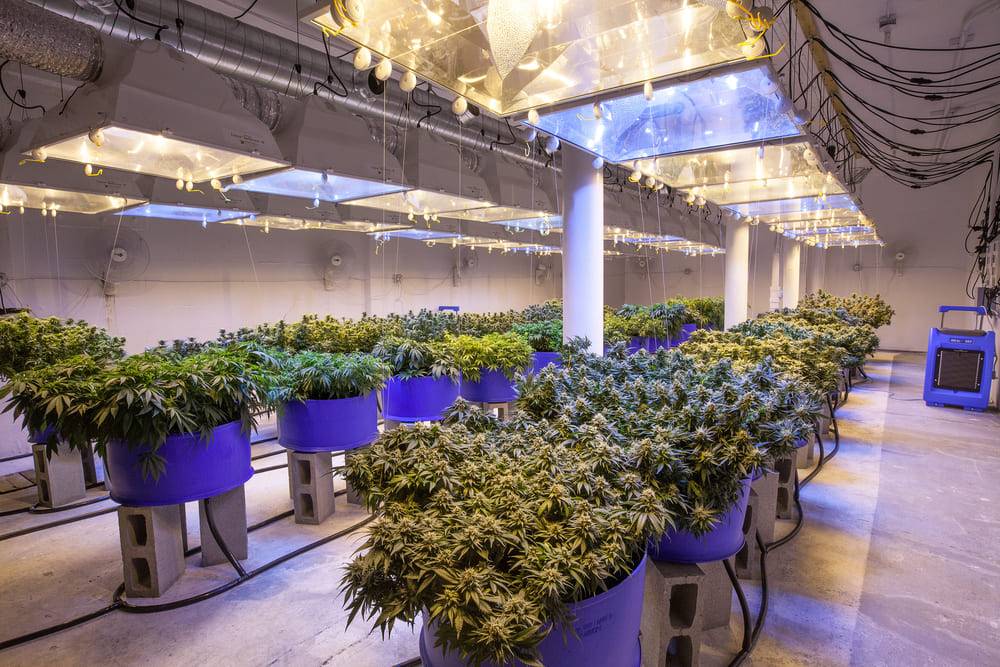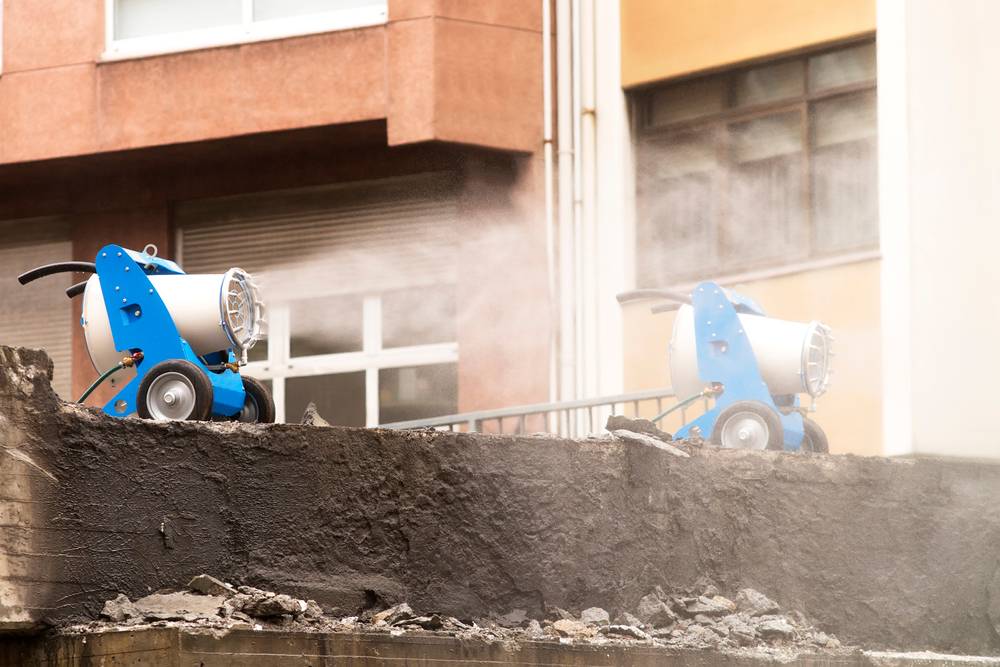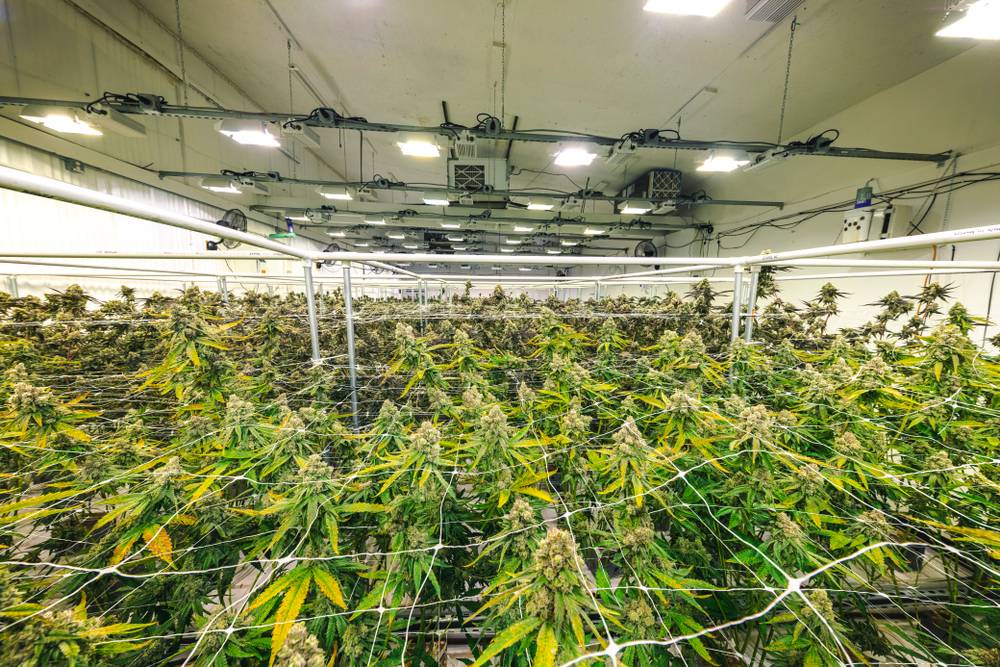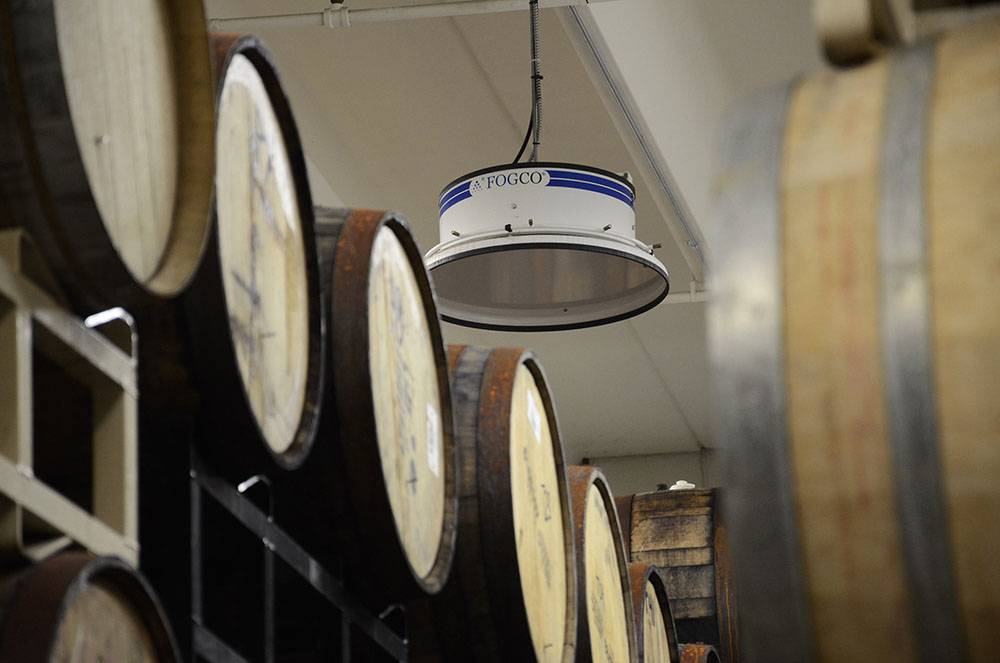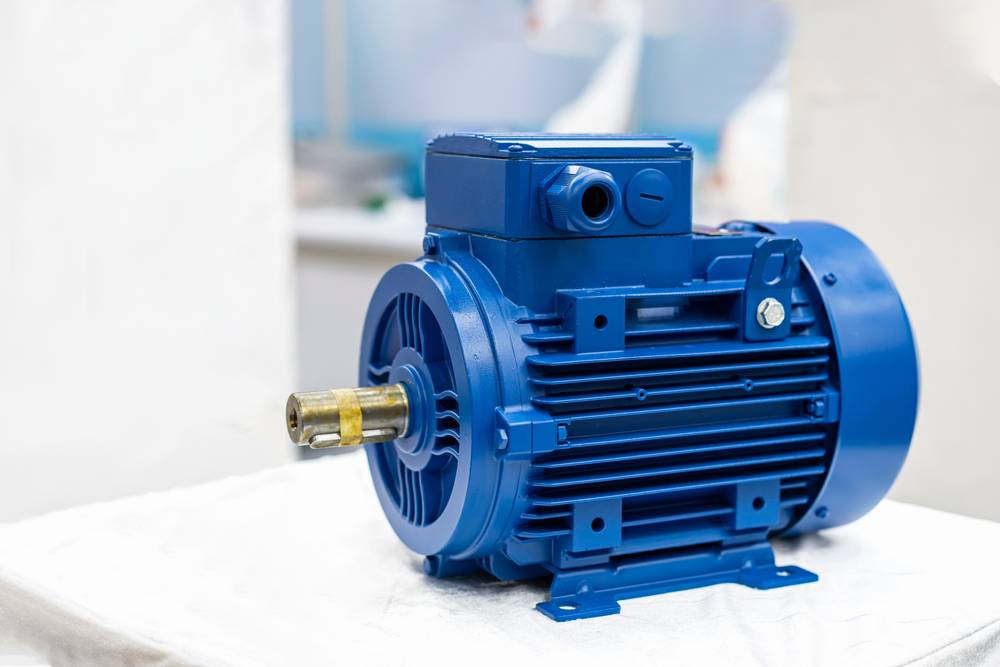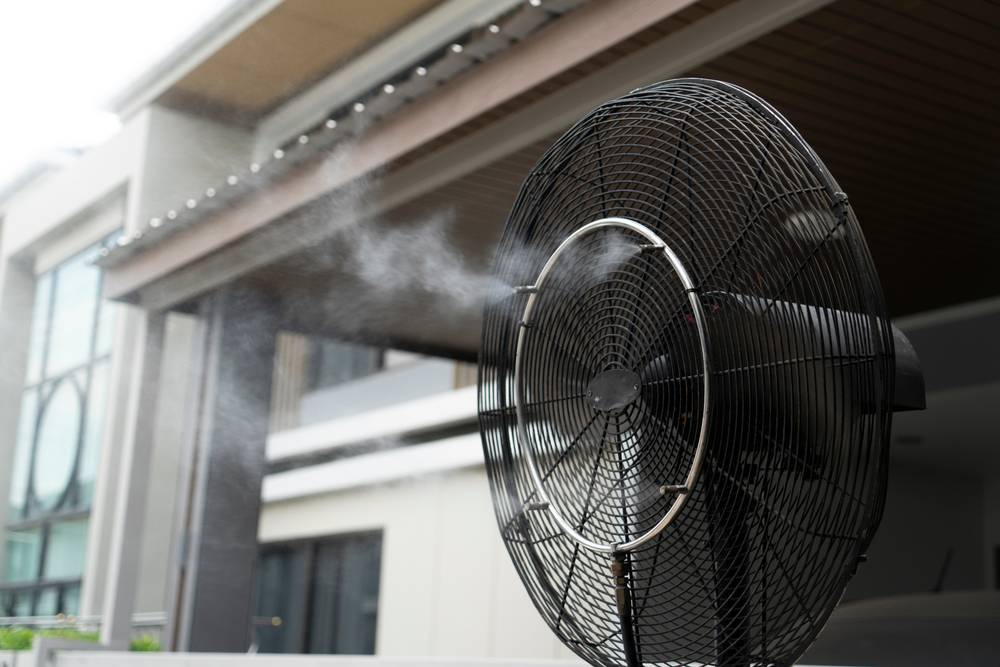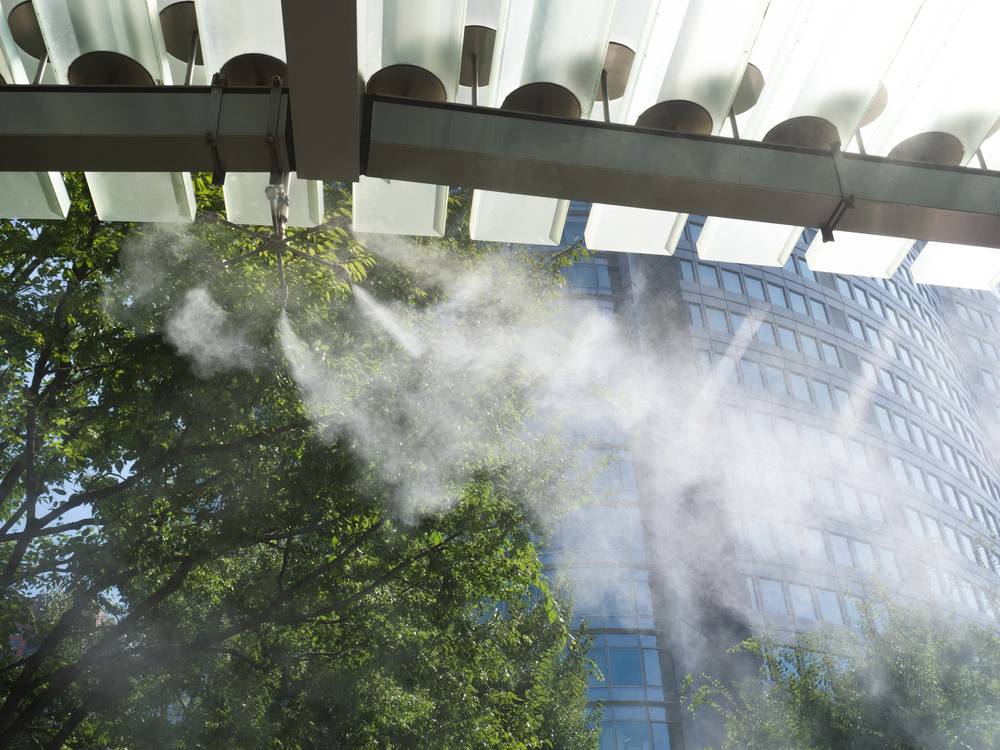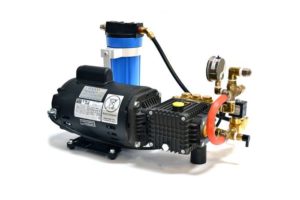
As with most pieces of equipment, the most important factor in extending the life of a misting system is proper maintenance. Recommended pump maintenance includes an annual review of the misting pump and all of its working components. However, maintenance is often the total responsibility of the mist system installer or user.
The most critical ongoing misting pump maintenance items include:
- Changing of the oil
- Changing the filter cartridge
- Periodically checking for water or oil leaks
- Periodically checking the working conditions of critical components
Misting Pump Oil Changes
Similar to cars, misting pumps use oil to maintain lubrication and cooling within the crankcase. It is easy to assume all is well when pumps continue to run without regular maintenance, but you shouldn’t act only when something breaks. We recommend the following oil change schedule for misting pumps:
- The oil should be changed for the first time once the pump is broken in after about 50 hours of operation.
- After this, oil should be changed every 500 hours of operation. Check your hour meter to determine when your pump needs an oil change.
Misting Pump Filter Changes
Misting system filters are the last line of defense to prevent debris from entering the pump. The cartridges should be inspected monthly and replaced at least once a year. Dual filtration is also a good idea for areas that have extremely hard water or misting systems that are using well water.
Checking for Misting Pump Leaks
In addition to oil and filter cartridge changes, misting pump maintenance should include checking for leaks in rubber seals. Rubber seals prevent leaks around pistons that create pressure, but they need to be replaced whenever the pump begins to leak. This is typically between 500 and 2,000 hours of operation, depending on the specific misting pump design, operating conditions, and overall condition of the water supply. Pumps should be checked for water leaks during every oil change.
Checking Critical Components of Misting Pumps
For all pulley drive pumps, pulley belts should be checked each time the oil is changed. If the belt is cracked or splitting, it should be replaced. Additionally, the motor pulley and pump pulley must be perfectly aligned to ensure proper operation. If you have questions about pulley alignment, contact the Fogco Customer Service Department.
The pump’s water supply is also an important factor. To work properly, misting systems should have a sufficient supply of water — at least twice the rated flow for the misting pump. They also need sufficient pressure and proper filters. Most Fogco misting pumps include low-water pressure safety switches that stop pumps from operating if water pressure is too low.
The operating temperature of misting pumps should be reasonably low. Most misting pumps are used outdoors, and quality pumps are designed to anticipate this reality. Quality enclosed pumps include automatic exhaust fans to maintain the temperature, and use oversized bare pumps to reduce RPM. This reduces a pump’s heat and extends its life by reducing the number of cycles required for proper flow. However, placing a mist pump in an enclosed space with a controlled environment can dramatically increase lifespan.
Have more questions about misting pump system maintenance? Contact Fogco today, and our Customer Service Department will assist you.
